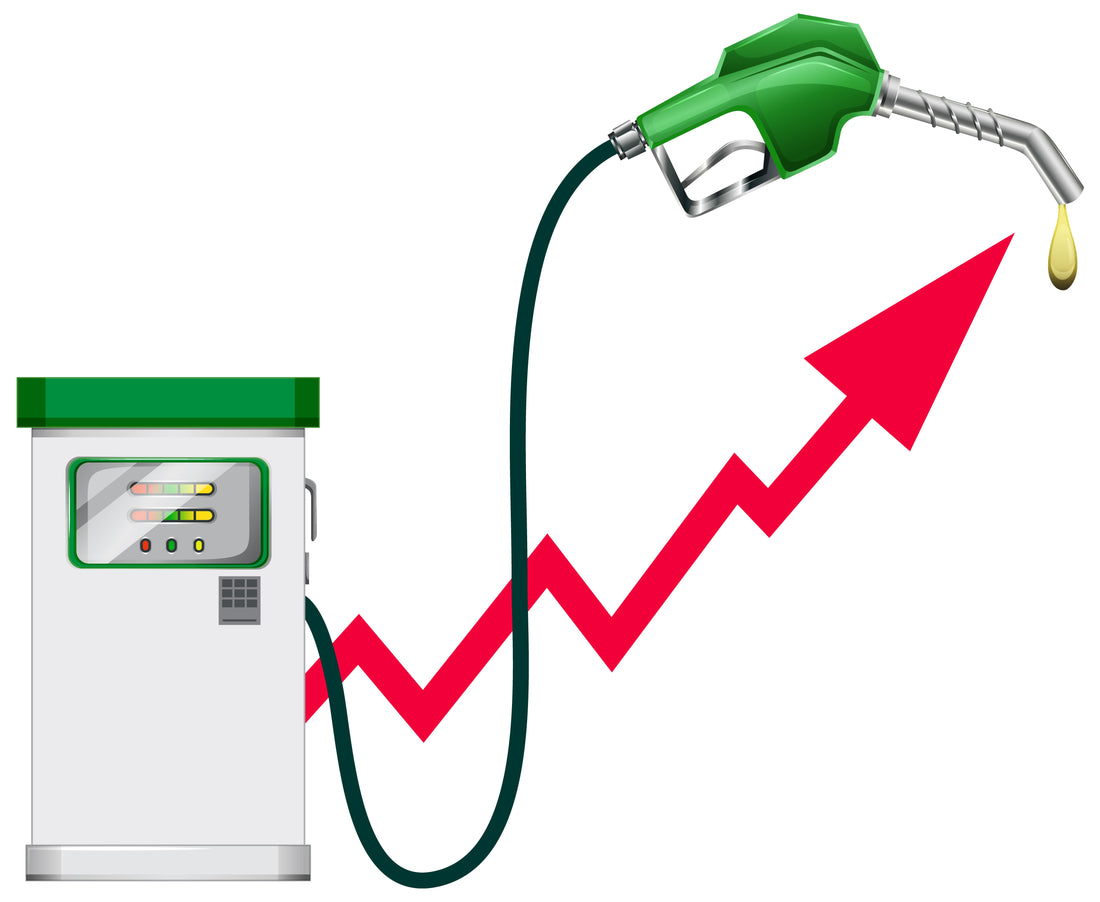
Petrol Prices in Pakistan: What Causes the Shift?
Share
October brings some long-awaited news for Pakistani drivers, i.e, petrol prices have finally dropped. On October 16, 2025, the Government of Pakistan announced a decrease of Rs 5.66 per liter in petrol prices, bringing the rate down from Rs 268.68 to Rs 263.02 per liter. There’s also a slight drop in high-speed diesel, specifically from Rs 276.81 to Rs 275.40, representing a decrease of Rs 1.41.
From drivers to daily commuters and auto owners, this price adjustment for the next fortnight offers great relief. The petrol price drops by almost Rs 6 per liter, which means the fuel cost for a daily drive has decreased.
If your car consumes 10 liters per 100 kilometers, you can save almost Rs 60 per 100 kilometers. For daily commuters or people making frequent trips, it’s a bonus saving that adds up.
Petroleum Prices in Pakistan Today
Prices w.e.f October 16, 2025
| Fuel Type | Old Price | New Price | Difference |
|---|---|---|---|
| Petrol (Super) | PKR 268.68 | PKR 263.02 | 5.66 |
| High Speed Diesel | PKR 276.81 | PKR 275.40 | 1.41 |
| Light Speed Diesel | PKR 165.50 | PKR 162.76 | 2.74 |
| Kerosene Oil | PKR 171.65 | PKR 171.65 | 0.0 |
Global Oil Prices are Cooling Down
According to the U.S. Energy Information Administration (EIA), several factors contributed to the decline in petrol prices in Pakistan.
- Trade tensions between the U.S. and China are slowing demand.
- The International Energy Agency (IEA) expects a supply surplus by 2026.
- OPEC+ countries have also increased production, leading to greater global supply
Consequently, Brent crude oil, a key international benchmark, is now trading between $60 and $70 per barrel, a significant decline compared to the previous few months. This decline in petrol price passes some of the benefits to local consumers.
Stable Rupee Supports the Drop
The Pakistani rupee has remained steady around Rs. 281.4 per USD (mid-October 2025). One of the great benefits of this currency stability is that it has reduced the cost of importing fuel. The less fluctuation in the rupee minimizes the amount the government pays for imported oil, which in turn lowers fuel prices at home.
Relief for Drivers and Business
This fall in price is also a sign of relief for daily drivers and businesses, as it lowers transportation and travel costs for everyone, including good transporters and car owners. For instance, a driver using a Suzuki Alto or Toyota Yaris could save Rs. 250-400 per refill, depending on tank size.
However, public transport fares may take a little longer to adjust; daily commuters can still save some money.
How Long Will it Last?
Experts consider it a short-lived relief. Oil prices can fluctuate and rise again if winter demand increases in Europe and Asia, or if OPEC+ decides to cut supply. For now, drivers and daily commuters across Pakistan should enjoy this temporary relief.
